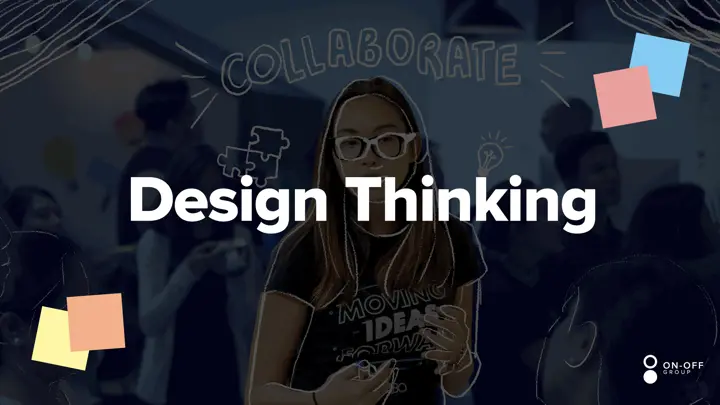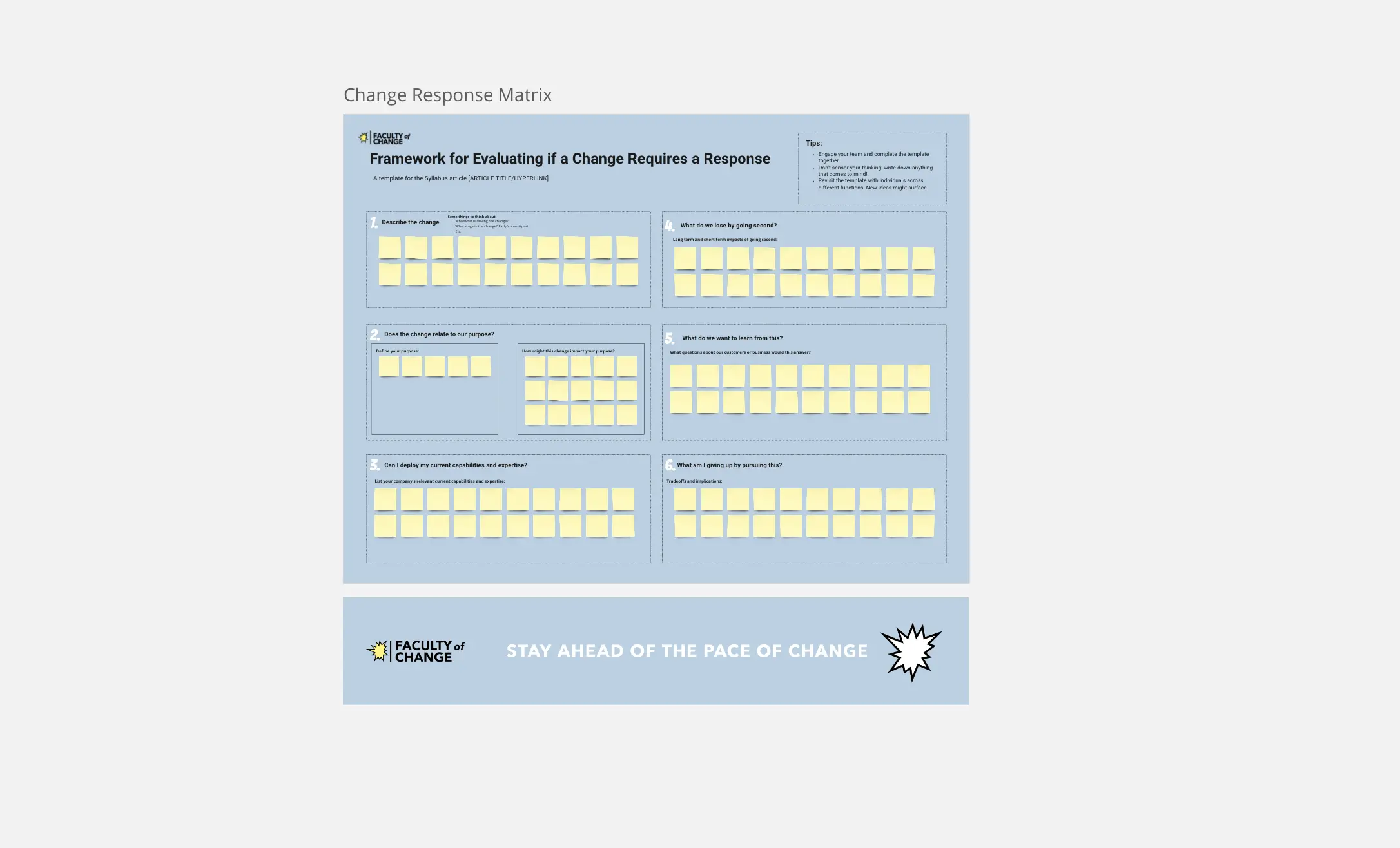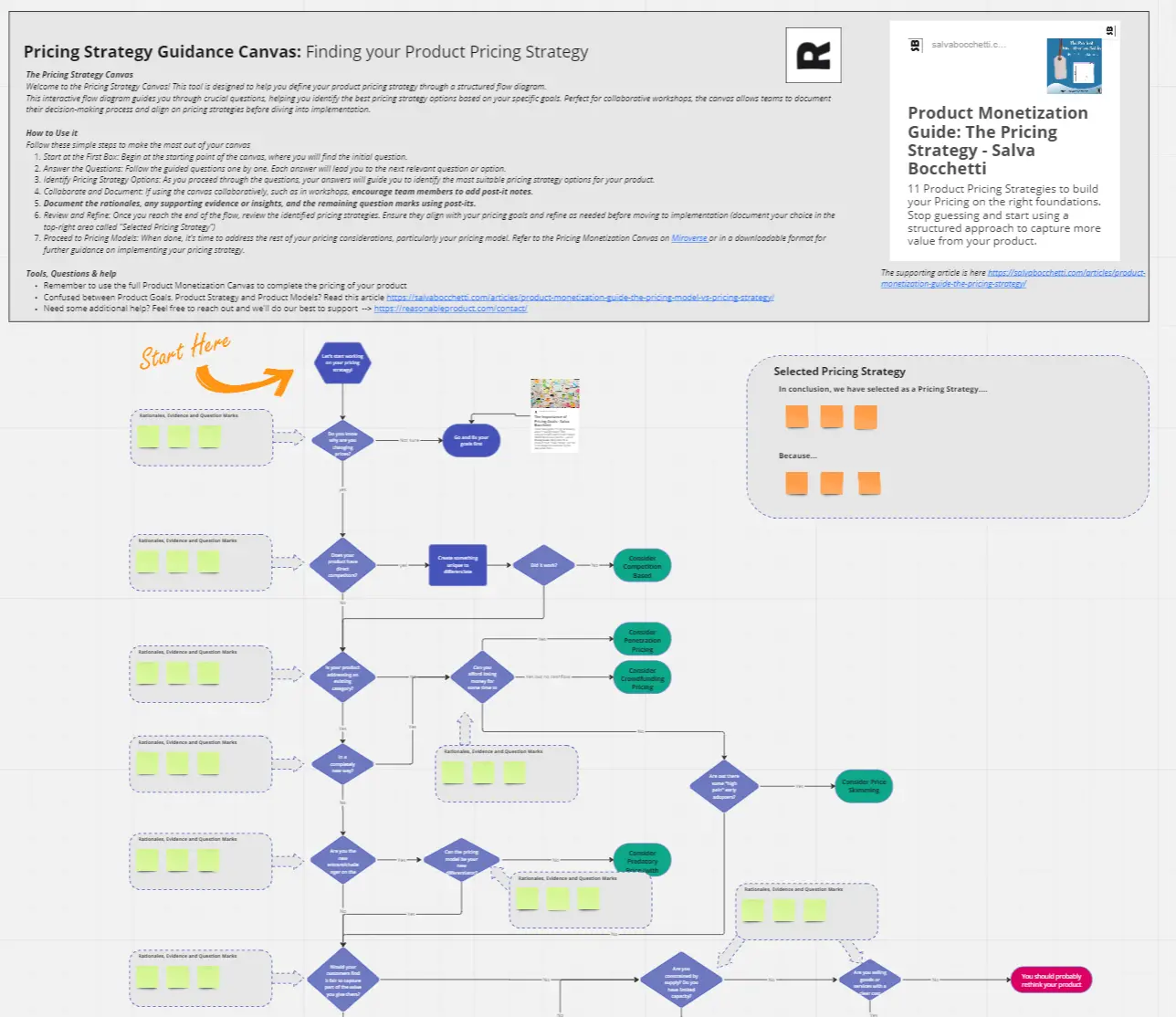Simple Brainstorming Template
Here’s a detailed breakdown of the steps involved in this brainstorming session:
1. Choose a Facilitator
The first step is to select a facilitator. The facilitator will guide the session, ensure that everyone participates, and keep the group on track. A good facilitator should be neutral, organized, and able to manage group dynamics effectively. This person is responsible for setting the tone of the workshop and making sure the process flows smoothly from start to finish.
2. Frame the Problem
Next, it's essential to clearly frame the problem you are trying to solve. The facilitator will help the group define the problem statement succinctly and accurately. This involves discussing the context of the problem, its impact, and why it needs to be addressed. A well-framed problem is critical as it directs the focus of the brainstorming session and ensures that everyone is aligned.
3. Finalize the How Might We
The third step is to convert the problem statement into "How Might We" questions. These questions are designed to be open-ended and encourage creative thinking. They transform the problem into opportunities for innovation. For example, if the problem is low customer engagement, a "How Might We" question could be, "How might we create a more engaging customer experience?"
4. Solution Inspiration
In this step, participants gather inspiration for potential solutions. This could involve looking at how other industries have tackled similar problems, reviewing relevant case studies, or discussing innovative ideas that could be adapted to your situation. The goal is to spark creative thinking and broaden the perspective of the group before diving into brainstorming.
5. Individual Divergent Brainstorm
Participants then engage in individual brainstorming to generate a wide range of ideas. This phase is about quantity over quality – the more ideas, the better. Each participant writes down as many ideas as they can think of, without worrying about feasibility or practicality. This process encourages free thinking and ensures a diverse set of ideas are brought to the table.
6. Group Convergent Brainstorm
After individual brainstorming, the group reconvenes to share and discuss their ideas. This is where the convergent thinking process begins. The group evaluates the ideas, looking for common themes, and combining similar ideas. The aim is to narrow down the list to the most promising solutions. This collaborative effort helps refine ideas and ensures that the best ones are identified for further development.
7. Next Steps
Finally, the group decides on the next steps. This involves selecting the top ideas to pursue, assigning responsibilities, and setting timelines for action. The facilitator ensures that there is a clear plan for moving forward, with specific tasks assigned to team members. This step is crucial for translating the brainstorming session into actionable outcomes.
In summary, the Simple Brainstorming Workshop template from On-Off Group is designed to facilitate structured yet flexible brainstorming sessions. It encourages creativity, collaboration, and effective problem-solving within a short time frame. By following these steps, teams can harness their collective intelligence to generate innovative solutions and drive meaningful progress.
Categories
Similar templates





